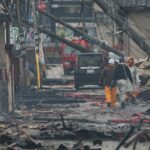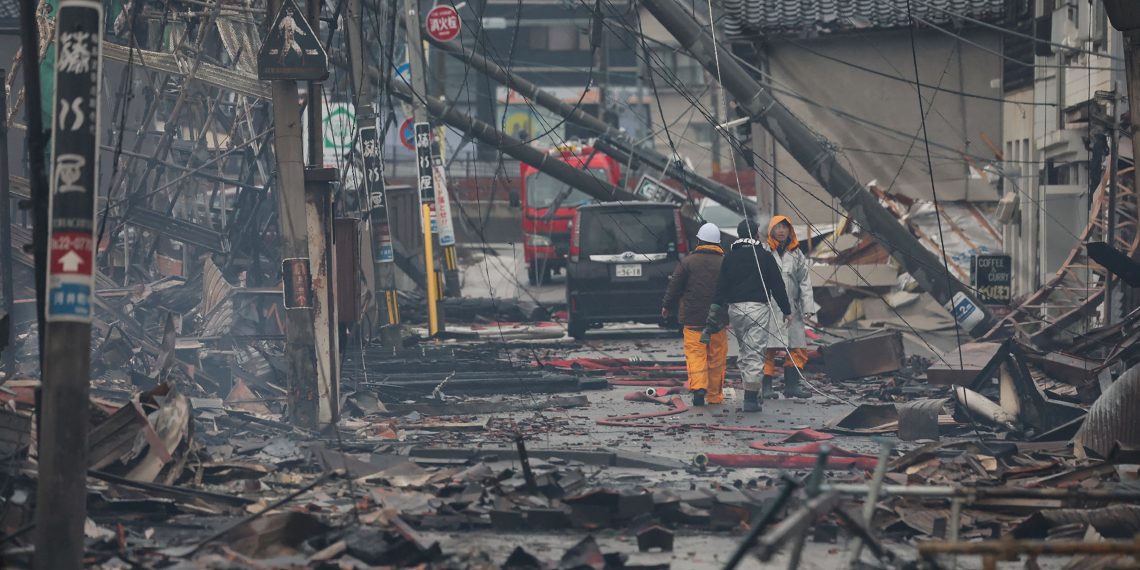There are already 73 verified victims of the January 1 7.5-magnitude earthquake that rocked the Noto Peninsula. Over 300 people suffered injuries. “Any support in this time of need” is provided by EU.
Brussels – The damage is growing, and fresh earthquakes maintain the possibility of a tsunami. Following the devastating 7.5 earthquake that rocked the Noto Peninsula on Monday, January 1, Japan is still in shock: Over 300 people were injured, 73 confirmed deaths, and over 30,000 people were evacuated from the Ishikawa Prefecture. The situation is still uncertain and changing quickly, but the EU stated that it was “ready to offer authorities all the necessary support” in case Tokyo needed it.
The EU Commissioner for Crisis Management, Janez Lenarčič, and High Representative for Foreign Affairs, Josep Borrell, issued a statement in which they pledged their “complete solidarity with the Japanese people and authorities” and expressed gratitude to “the rescuers working tirelessly to save lives.” “We are ready to offer any support in this time of need,” stated Lenarčič on X, who is in charge of the European response to catastrophes and natural disasters.

At the epicentre in the Ishikawa Prefecture, where the strength surpassed that of the massive Kobe earthquake of 1995, which claimed over 6,000 lives, the situation was especially catastrophic. At least 39 people have been confirmed dead in the massive fire that broke out in the heart of Wajima due to the collapses. While in Suzu, a 100 acre area was inundated by a tsunami that was caused by earthquakes. Fumio Kishida, the prime minister of Japan, called an emergency cabinet almost away and gave the order to evacuate the worst-hit areas, which included 34,300 residents of Ishikawa, Toyama, and Niigata.
“I’m thinking of the Japanese people during these trying times. One of the closest allies and partners of the EU is Japan. Ursula von der Leyen, the president of the European Commission, tweeted, “We stand ready to support the Japanese people in any way we can.” PM Kishida was personally addressed by European Council President Charles Michel yesterday, also on X, who assured him of “all the assistance Japan may need.”

In Wajima, Ishikawa, a building fell (Image by JIJI Press / AFP) / Japan Out
Since tremor tracking started in 1885, the Monday earthquake is the biggest to ever be recorded in the Noto Peninsula region. The whole west coast of Japan, which confronts the Sea of Japan, felt the full force of the earthquake, as did much of the nation, including Tokyo. In terms of magnitude, it was marginally less catastrophic than the 7.8-magnitude earthquake that rocked Turkey and Syria in February 2023, which claimed almost 50,000 lives.
At that point, numerous relief teams left European nations upon requests from both Damascus and Istanbul to activate the EU Civil Protection Mechanism. Fortunately, Japan has a long history of investing in and preventing earthquakes to safeguard its infrastructure and populace, despite being one of the seismically active regions on Earth. And as a result, despite the strength of the earthquakes, it is controlling the damage and may survive without the EU bloc’s assistance.










